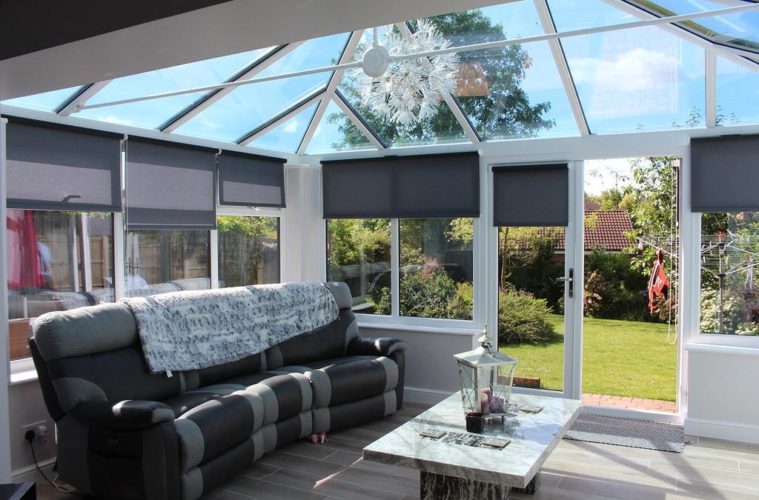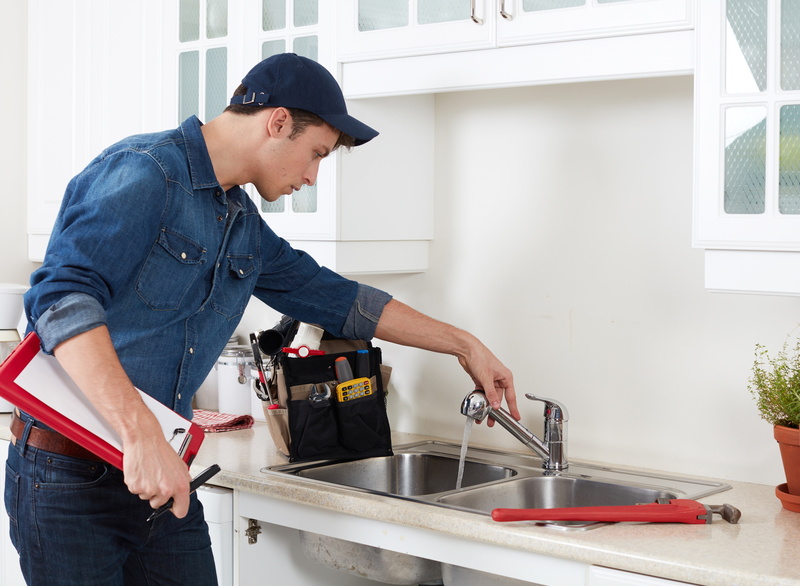Given the effects of climate change, being green and energy-efficient in your approach is the need of the hour. As an increasing number of people are becoming aware of their impact on the environment, energy efficiency has become a key consideration in homes. Energy costs are increasing gradually and will continue to do so as time passes. But, with a few well-thought changes, you can save a lot of energy as you integrate efficient plans in your home building.
You can make changes in various areas of your home and reduce your energy bills and by extension, your carbon footprint. Many of these changes you make are simple as they require very little effort. At the same time, these little changes come together to add more value to your home.
So without further ado let’s take a look at the areas in your home that can benefit from being energy efficient.
Kitchen
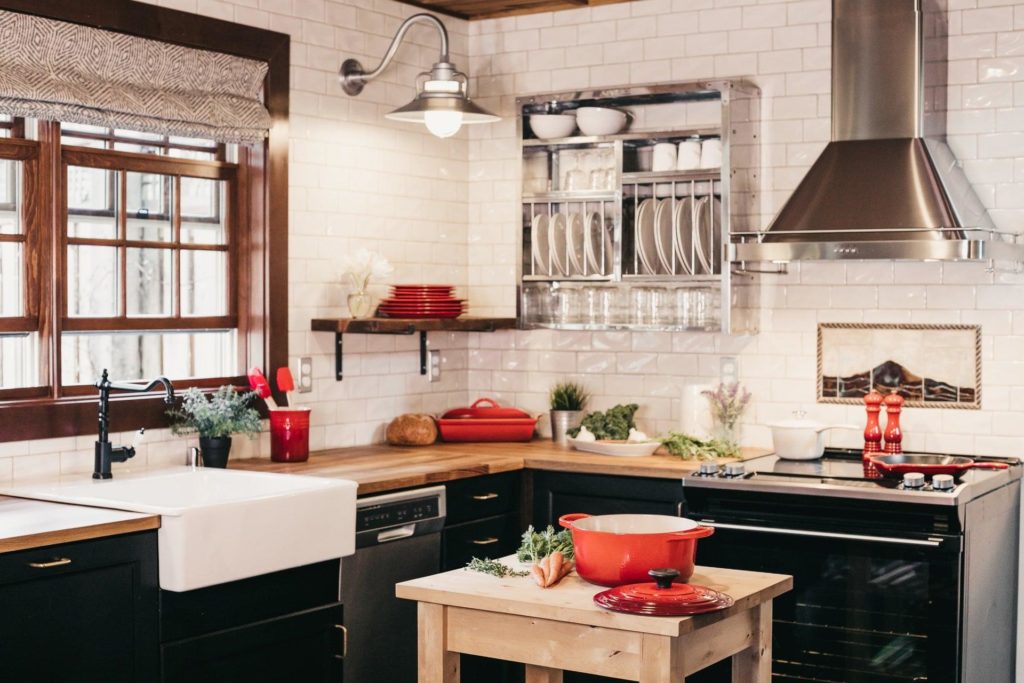
Let’s start off with your kitchen. If you are considering refurbishing or renovating your kitchen, now’s the time to maximise it for energy efficiency. If redesigning your kitchen is not on your list of priorities, there is still so much you can do to be more conscious with your choices.
In light of adopting a green and sustainable way of living, manufacturers are producing products that are highly efficient. This means you have a wide range of options that are eco-friendly and affordable from trustworthy brands you can rely on.
Kitchen appliances, in particular, have a vast range of efficient options that will help reduce your energy bills and save you a substantial amount of money in the long run. For instance, some of the latest refrigerators allow you to measure the energy consumed in real-time. Many kitchen retailers suggest that you purchase appliances that come with an Energy Star rating as a mark of its efficiency.
Take into account the size of an appliance as bigger appliances will result in increased operating costs. Another way to reduce energy consumption in your kitchen is by using extractor fans a bit sparingly. Consider washing plates and other utensils by hand instead of using the dishwasher too frequently.
Bathroom
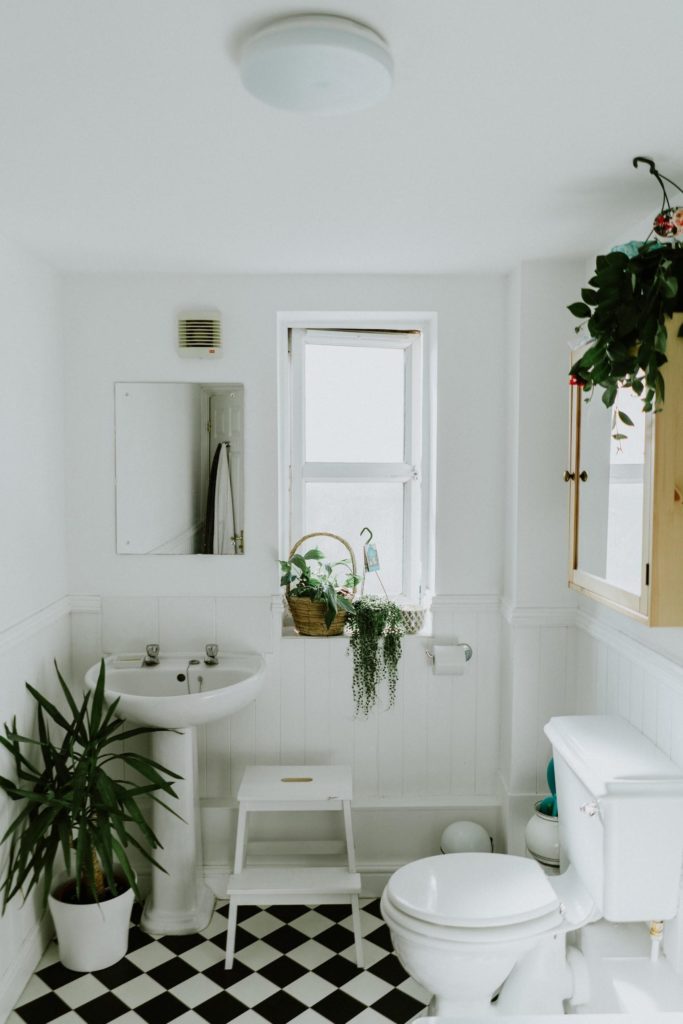
There’s a definite scope to make substantial energy savings in the bathroom. The best practice is to reduce the amount of water you consume. A great deal of power is used to move water around your home and even more power is required to heat that water.
A great way to reduce your water consumption is to install high-efficiency showerheads that regulate the amount of water being used without compromising on the quality of the shower. To see a big difference in your bills, install low-flow toilets and high-efficiency taps. Additionally, install LED lights for all-rounded energy efficiency in your bathroom.
Installing a renewable heating system like air and ground source heat pumps is also ideal as it eliminates the need to install a separate water heater.
Bedroom
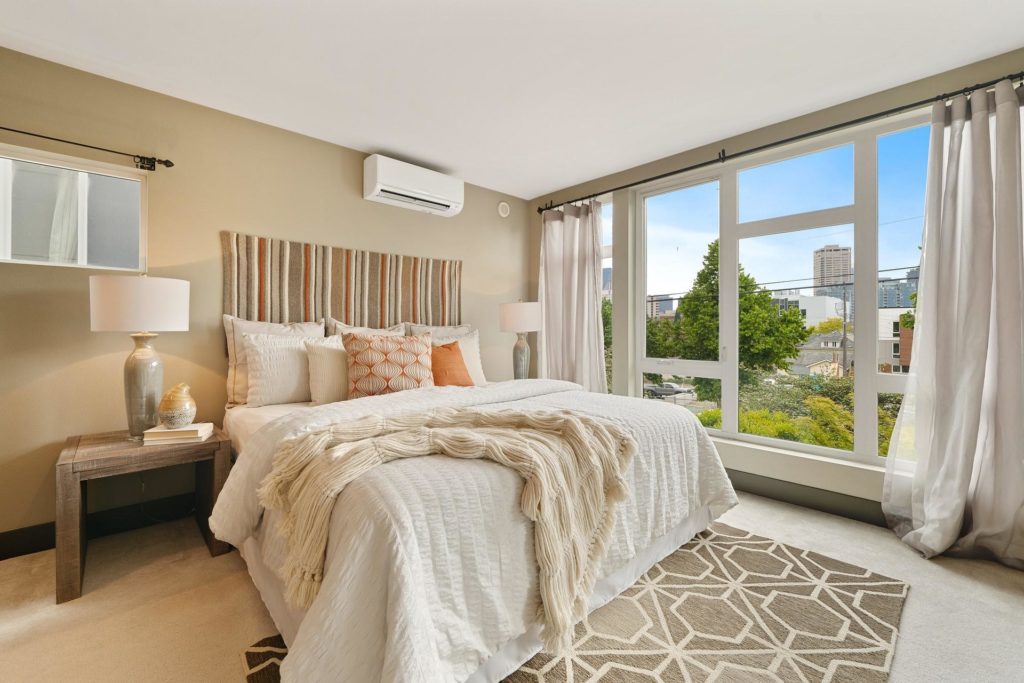
You can be sparing with power usage in your bedroom with a few smart and efficient choices. Like kitchens and bathrooms, bedrooms aren’t associated with energy efficiency but you will be surprised to find out just how much energy is consumed in an average room.
Heating a bedroom can use up a lot of power especially during the cold winter months. To ensure that you use power sparingly in your bedroom, use high-quality double glazing and thermal insulation to keep the cold at bay.
Use thick curtains in your bedroom to trap warm air in winter and block the sunlight in summer. Be sure to unplug your phone chargers, laptops and other devices when they are not being used. Invest in a power strip so that you can centrally manage the unplugging of all your devices and gadgets.
Switch all the lights off before you sleep to conserve energy. If you like to keep the light on as you sleep, invest in a dimmer as a part of being energy efficient.
Living Room
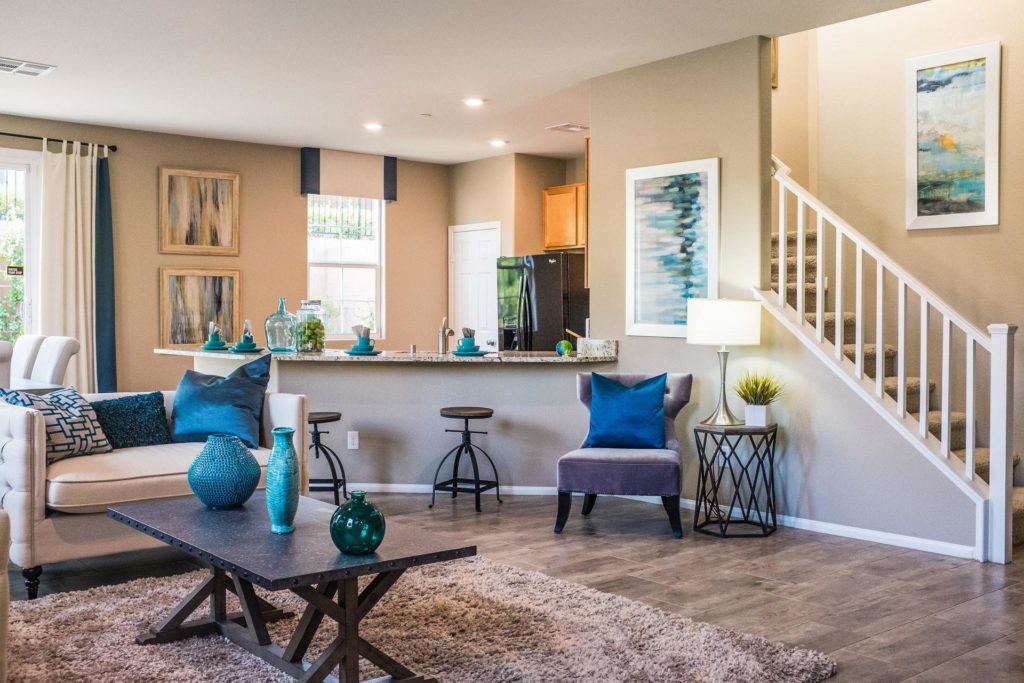
There are many options available in the market to make your living room a hub for energy-efficiency. Living rooms or lounges end up consuming a great deal of energy as they are the central point of your home that every family member spends quite a bit of time in. It is also a place where most of the socialising takes place, further adding to the power being consumed.
Using power strips and replacing old lights with their new and efficient counterparts will greatly tip the efficiency scale in your favour. Use CFLs and LEDs as they not only consume less power but also last long. Replacing outdated energy-hogging appliances like TV, vacuum cleaners, DVD players etc with their energy-efficient alternatives will immensely help in regulating energy consumption.
Consider adjusting the setting on your thermostat to make a significant difference in your energy bills. Adjusting the temperature by just a degree can result in substantial savings in the long run.
Invest in an energy meter in your living room to keep an eye on the amount of electricity you use and to identify areas where you can conserve energy.
Conservatory
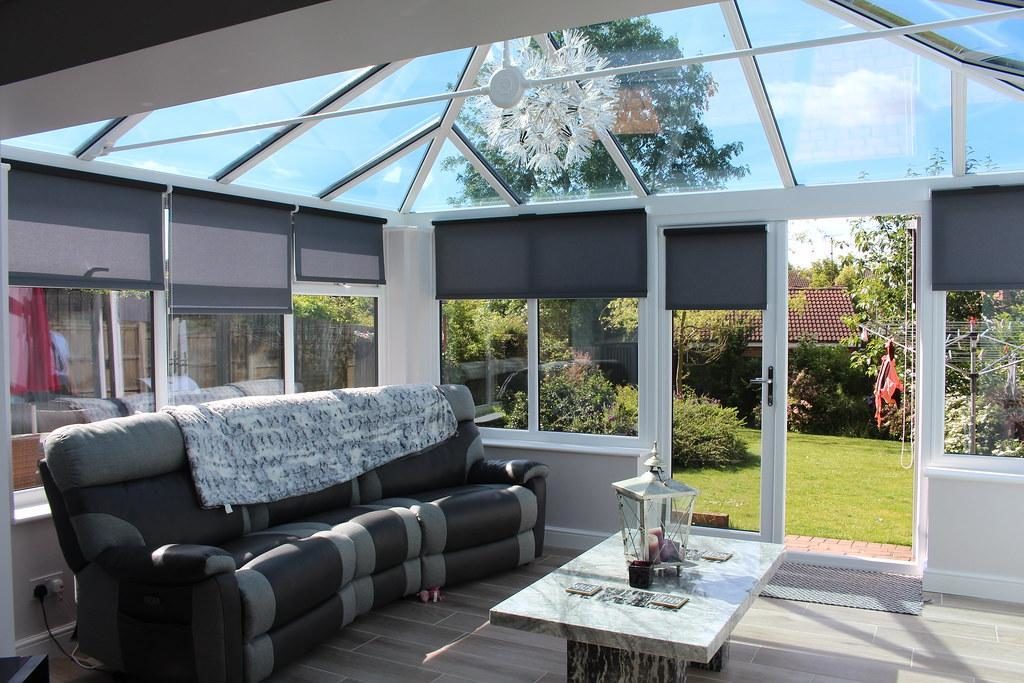
If you have a conservatory, you know how cold these can get during winter. It is incredibly difficult to stay comfortable in a conservatory in the chilly winter months. Eventually, you have to turn up the heat which can be a costly affair.
To ensure that you keep the power usage to a minimum, you can install some robust and efficient solutions. Add heavy blinds that act as a barrier to keep the cold out. Consider adding a thick rug in the conservatory to keep the cold from seeping through the floor. Install thermal curtains to maintain a warm and cosy environment while ensuring that you keep the doors closed between your home and the conservatory.
A better solution is to invest in a sealed sliding door to better maintain the temperature. Adding roof insulation is another brilliant way to add the warmth and comfort of the space.
Topping Up Your Insulation
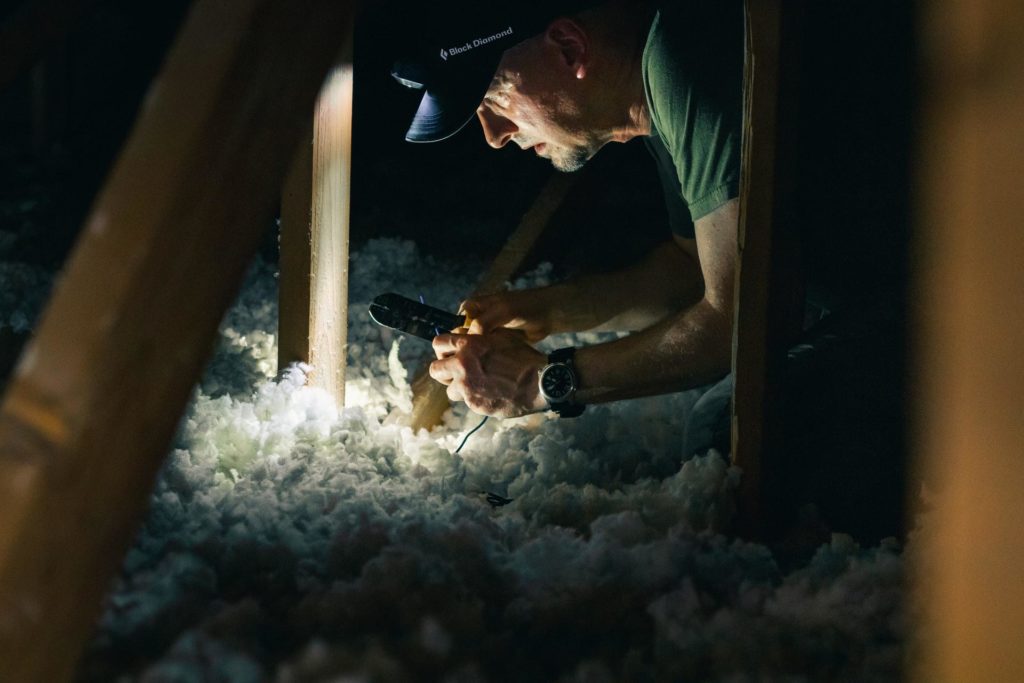
Perhaps the most effective way to enhance energy efficiency in your home is by investing in quality insulation. Without a sufficient level of insulation, you stand to suffer from significant heat loss through the walls, floor and roof of your home. Needless to say, this increases your power consumption which results in higher bills.
In uninsulated homes, around a quarter of heat loss occurs through the roof. Once you install loft insulation, the savings you make can more than makeup for the installation costs you incurred within a couple of years.
Heat loss can occur through cavity and stone walls as well. While insulating a stone wall can cost you more, it eventually pays for itself as it adds to your level of comfort while simultaneously increasing the value of your property.
Adding a layer of insulation to your floors can also help reduce your bill but this will also depend on the size of your property. You can improve the overall effectiveness of your insulation by placing draught excluders.
To Sum it Up
Taking just a few simple steps can go a long way in making your home a hub for energy efficiency. This will be reflected in the reduced energy bills that you receive every month. While some installations involve a significant upfront investment, they are still worth it when you compare the savings you make over the years.
In order to encourage green and energy-efficient practices, most governments offer financial incentives to improve the ROI and offset the costs involved. A great example of this is the domestic or homeowners RHI. Click here to know more.
That said, the smallest change towards energy efficiency will help reduce your reliance on fossil fuels. So, start making changes and reduce your impact on the environment today!

